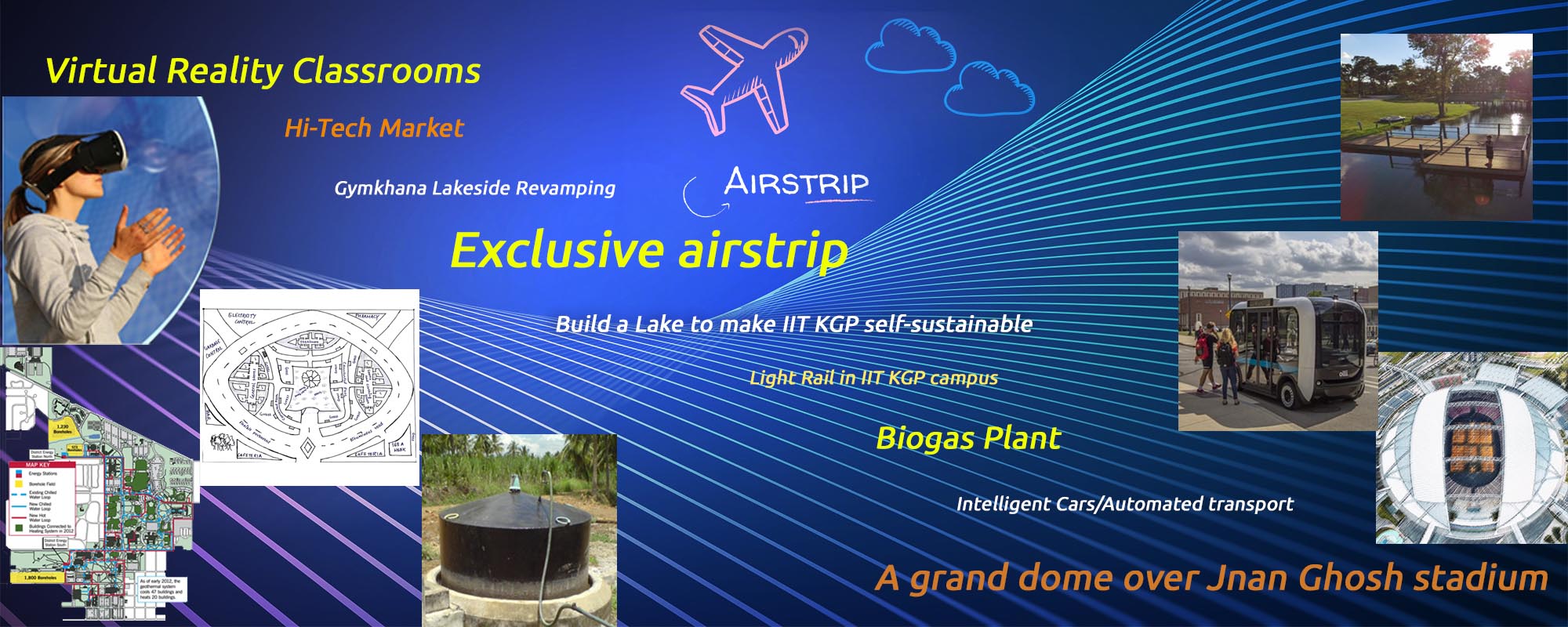
Home furnishing
Feel like going to the nearest city? You can take a flight from the mini airport of IIT Kharagpur. In a hurry to go to class? You can either hop onto the toy train going around the campus or the driverless cars zipping across. How would it feel to work in a nuclear power plant? Just go to class, put on the VR headset and find out. It’s raining cats and dogs and you still need to train for the inter-IIT sports meet? No worries. You have a dome over the Jnan Ghosh stadium. You could say if wishes were…
